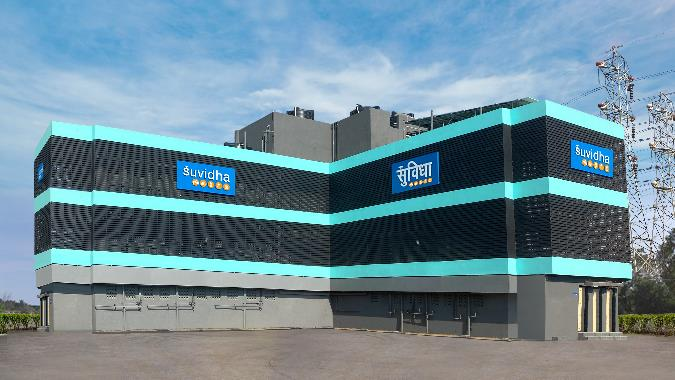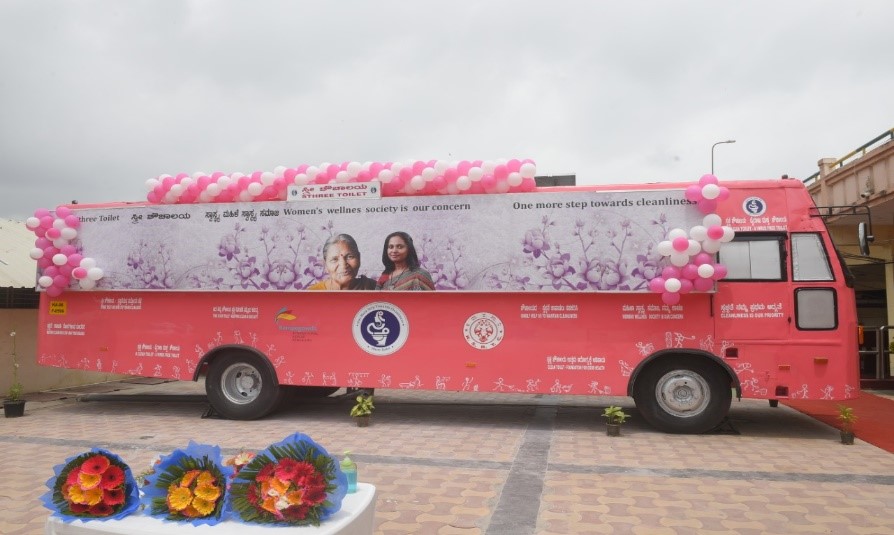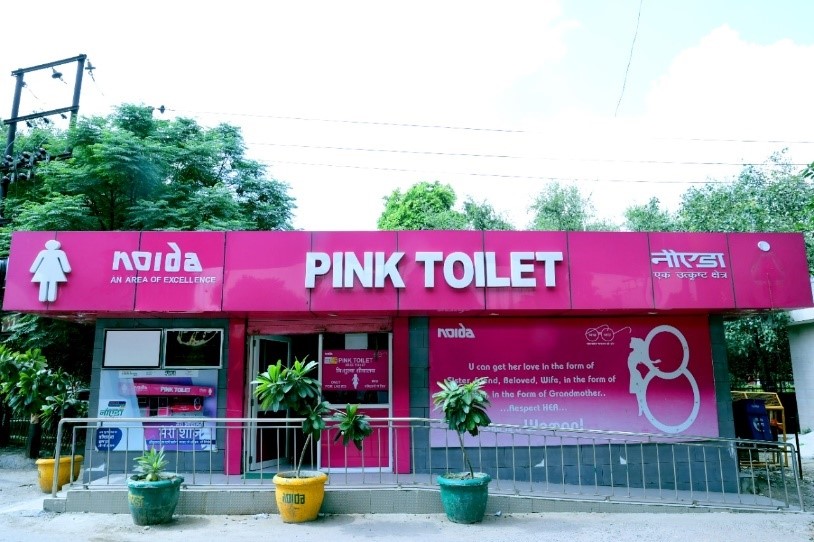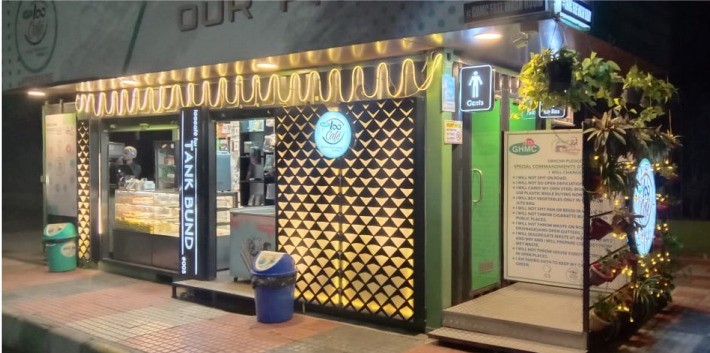
Few years back, India was grappling with the problem of open defecation and open urination as basic amenities like a toilet was not available to all. Even the existing Community/Public toilets (CT/PTs) were not too encouraging given the unhygienic condition, safety, which only made the matters worse. Take 2 – In came Swachh Bharat Mission and transformed urban sanitation. After Prime Minister Narendra Modi’s clarion call for a clean India, the issue of open defecation (ODF) was taken care of and the need to build and use toilets was of utmost importance. Consequently, cities were declared ODF, ODF+ and ODF++ under SBM. In 2022, the Toilets 2.0 initiative under SBM Urban was launched to create a safe, clean, hygienic and thus an encouraging environment for people to use CT/PTs. Earlier, the challenge was the lack of public infrastructure, basic amenities and awareness among citizens. A clean India is not possible without accessibility to safe and hygienic toilet facilities to every citizen in the country. The objective was to provide toilets to all, irrespective of gender, class, caste or community and raise awareness about the importance of using them. MoHUA’s initiatives under SBM Urban 2.0 proved a game-changer as it galvanised large-scale citizen participation and saw conscious efforts being made to bring about the desired change in the overall sanitation landscape of urban India.

From digitalization to aspirational toilets, all efforts were made to achieve Toilets 2.0. The Swachchata mobile app helped in locating the nearest toilet through its ‘SBM Toilet Locator’ feature. A number of cities in India have come up with the innovative ideas to convert scrap vehicles into toilets. Like the Sthree Toilet (for women) in Karnataka, which was established at one of the major bus terminals of KSRTC at Majestic-Bangalore. Sthree Toilet is equipped with three Indian-styled and two western-styled commodes, incinerator and sanitary napkin vending machine, baby feeding/diaper changing space, solar sensor lights with self-generated solar power facility. The sewage connection of the Toilet drains at the nearest available sewage chamber of the bus station. This has proved to be of great help for women, especially mothers with young kids. Similarly, Pink Toilets were built in many cities including Vijaywada and Noida keeping in mind the emergency needs of women and girls with special focus on their convenience, safety and privacy.
Pink Toilets have been witnessing heavy footfall of women and girls since their launch in August 2019.
These toilets are operational from 8AM to 8PM and can be used free-of-cost. Facilities provided at pink
toilets include vending machine for sanitary napkin, incinerators, designated area for breast-feeding
mothers, bathing and changing room, resting space with seating arrangement, etc. These toilets meet all
aspirational toilet parameters as per ODF++ criteria, such as stain/graffiti-free walls and floors,
availability of disable-friendly seat, hand dryer/paper napkin, space earmarked for ads for revenue
generation, SMS/other ICT based feedback system and more.


In Maharashtra, Pimpri Chinchwad has constructed aspirational toilets at 26 locations across the city on PPP basis. Aspirational toilets are smart toilets, equipped with modern facilities and electronically operated. Flushing is easy as the toilet pan is automatically flushed by opening the toilet door. There are separate rooms for men and women, automatic flushing sensor, voice assistant, fan, ceiling light, power backup and more. Equipped with almost the same kind of modern facilities are Loocafes in Hyderabad but with a touch of uniqueness of their own. As the name suggests, a Loocafe is a washroom attached with a café in front and a toilet at the back. It was conceptualised with the idea of providing relief to people on the move through luxury public toilets as well as high-end eateries. Also, the aesthetic look of Loocafes is attractive enough to inspire people to use them. Likewise, Suvidha toilets in Mumbai’s Dharavi have revolutionized the way toilets in slum areas were thought of.
Currently, there are 12 Suvidha toilets, all operationally self-sustainable, benefitting over 3 lakh
people residing in the slums of Mumbai. As per an external impact report, 98% women say they find
Suvidha safe for them and their kids. Also, over 90% people reporting access to a Suvidha Centre, has
positively impacted their self-esteem. There is a series of unique CT/PTs set up across the country as
well to help mitigate the menace of open defecation and open urination in the quest to ensure freedom
from Yellow Spots. For instance, the SHE Mobile Toilet in Kodada (Telangana) has been made out of a
scrap auto-rickshaw and has a vast reach as it can move about. With one toilet every 100 metres, Korkai
town in Tamil Nadu has declared itself ODF town. In Gujarat, an old bus renovated by the Gandhinagar MC
has been developed as a Toilet Integration Center (TIC) for women. It is called “Toilet for her.”
These innovative toilets are established based on pathbreaking model in the field of community
well-being and demonstrate how collective action by the public and private sectors can help address
urban sanitation challenges at scale. These toilets have been driving transformational change in
improving common man’s health, confidence, safety and overall well-being. They bear the torch that
spreads the spirit of Swachhata across the nation.
WEBSITE: https://sbmurban.org/
FACEBOOK: Swachh Bharat Mission - Urban | TWITTER: @SwachhBharatGov
INSTAGRAM:sbm_urban | YOUTUBE: Swachh Bharat Urban | LINKEDIN: swachh-bharat-urban